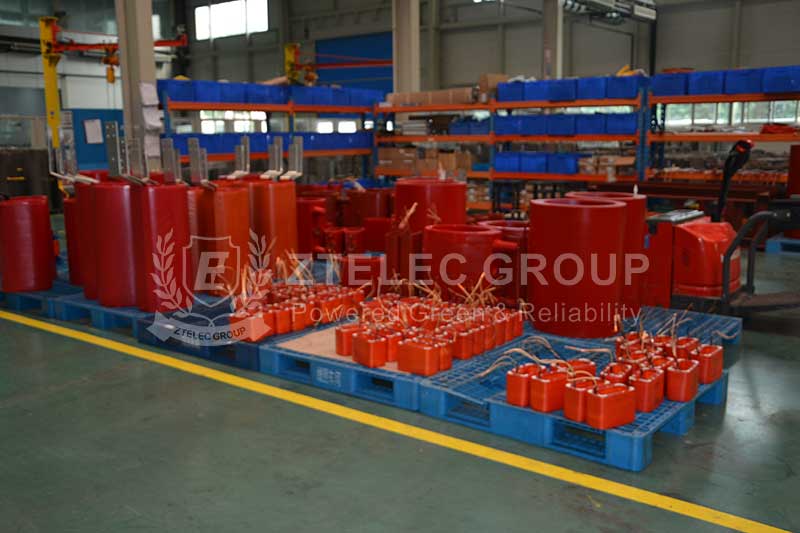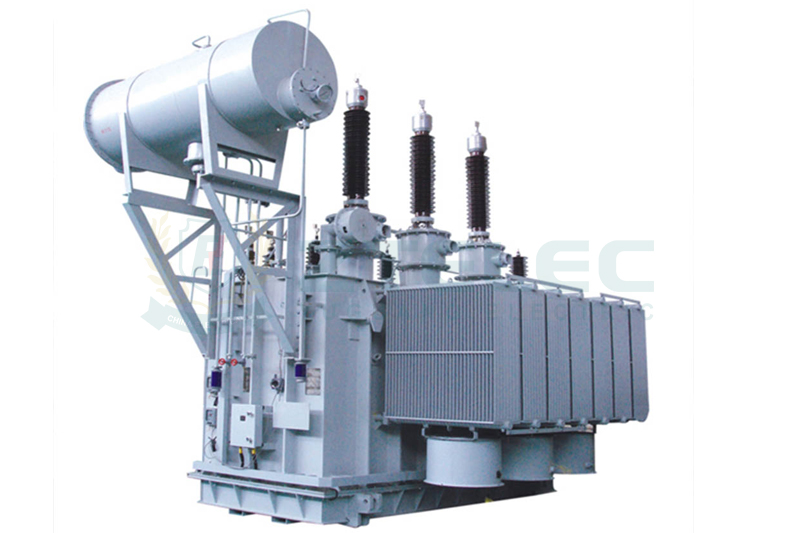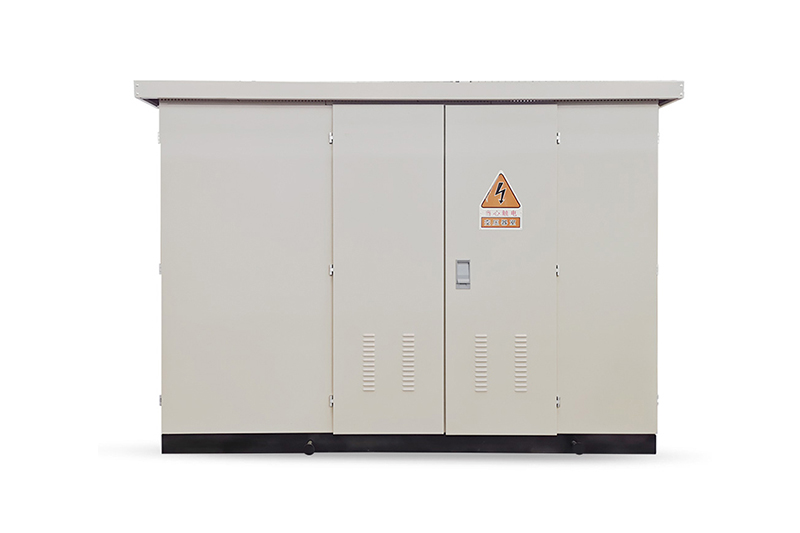What occasions are dry-type transformers suitable for?
Time:2025-02-22 Auther:ZTelec-www.ztelectransformer.com
What is a Dry-Type Transformer?
A dry-type transformer is a transformer t hat does not use liquid insulating media (such as oil). Its windings and core are insulated and cooled by air or solid insulating materials. Due to its oil-free, fire-resistant, and environmentally friendly characteristics, dry-type transformers are widely used in many applications.

Applications of Dry-Type Transformers
1. Places with High Fire Safety Requirements
In crowded public places such as shopping malls, hospitals, and schools, as well as in locations storing flammable and explosive materials like gas stations and chemical plants, fire safety is a top priority. Dry-type transformers use non-combustible or flame-retardant insulation materials and do not produce flammable oil vapors during operation, significantly reducing the risk of fire. For example, in critical hospital areas such as operating rooms and intensive care units, where power supply stability and safety are crucial, dry-type transformers can prevent fires caused by transformer failures, ensuring patient safety and the uninterrupted operation of medical equipment.
2. Harsh Environmental Conditions
Dry-type transformers perform well in challenging environments, including high altitudes, extreme temperatures, high humidity, dusty, or corrosive conditions. For instance, in desert mining operations, the high temperatures and dusty conditions pose significant challenges to transformer operation. Dry-type transformers, which do not rely on oil cooling, are less prone to insulation degradation and failure caused by dust and moisture ingress.
3. Crowded and Important Buildings
In densely populated and significant buildings such as hospitals, schools, and office complexes, dry-type transformers are the preferred choice due to their high safety performance, minimizing the risk of fire and explosion.

4. Limited Space Locations
In installations where space is limited, dry-type transformers are an ideal choice due to their relatively simple installation and maintenance requirements.
5. Oil-Free Power Distribution Systems
In industrial settings such as power plants, steel mills, and petrochemical facilities where oil-free power distribution is required, dry-type transformers are widely used because of their oil-free design.
6. Substations Connected to Residential Buildings
In substations adjacent to residential buildings or those without separate transformer rooms, dry-type transformers are preferred due to their safety and ease of maintenance.
7. Environmentally Sensitive Areas
In locations where environmental protection is a concern, dry-type transformers are an excellent choice because their oil-free design eliminates the risk of oil leaks, preventing environmental pollution.
8. Wind and Solar Power Stations
Dry-type transformers also play a vital role in wind and solar power generation systems. They are typically used to step up or step down the voltage of the power generated, enabling it to be connected to the grid. This helps improve the utilization rate of renewable energy and the efficiency of power generation.
Advantages of Dry-Type Transformers
Dry-type transformers offer significant advantages in scenarios with high fire safety requirements, harsh environments, and crowded or critical infrastructures. In practical applications, the most suitable transformer type should be selected based on specific usage scenarios and needs to ensure the safety, stability, and efficiency of the power system.




